Insulating with cellulose in attic with electrical wires
Hi,
I wanted to insulate my attic with cellulose. I noticed that I have electrical wires running in the attic as picture below. They are the white wires running over the drywall and ceiling joists.
I don’t have any recessed lights.
I called Greenfiber and the representative told me that I shouldn’t use their product because it is a fire hazard with those wires. She said the wires must be IC rated coverings. I had gotten these wires from a hardware store nearby.
Is what the GreenFiber representative saying true?
GBA Detail Library
A collection of one thousand construction details organized by climate and house part
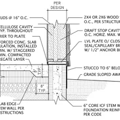
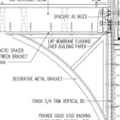
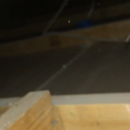

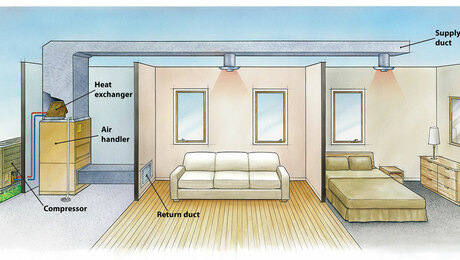
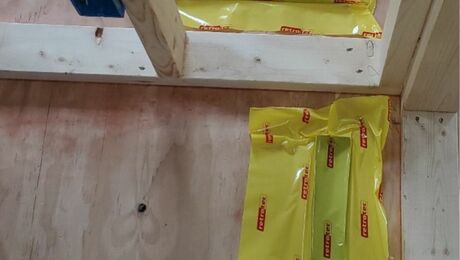




Replies
Wire isn’t rated for insulation contact, recessed cans are. That’s probably what the greenfiber rep was thinking of.
Assuming your wire is type NMB, which it probably is if you bought it recently, it’s fine to bury it in the blown insulation. It is, in a roundabout sort of way, rated to allow this. NMB wire is rated for 90*C, but you’re only allowed to use it as 60*C rated wire. What this means is there is a lot of built-in safety margin with the wire in regards to thermal limits.
If you have old knob and tube wiring, that is NOT safe to bury in insulation. You also don’t want any exposed splices buried in the insulation. Junction boxes are a bit of a gray area, my preference is to mount them so that they’re not buried.
It’s also ok to bury low voltage wiring like phone wires, intercom wires, computer network wiring, TV coaxial cable, and the like.
Bill
If you couldn't bury recently installed, code approved, electrical wiring in cellulose insulation, there would be no cellulose industry.
Hi Bill and Michael,
Thank you for responding.
The wires along with drywall were installed about 20 years ago.
Hopefully they are NMB.
The switch from the old NM cable, which really WAS rated for only 60*C, to the newer, 90*C rated NM-B, was made back in 1984 so you should be ok. The only change made in the last 20 years or so is that the old NM-B used to have a white outer jacket regardless of the wire size, now white is 14 gauge wire, yellow is 12, and 10 is orange. Larger sizes are black. The color of the inner wires is the same as it always was.
Note that the old NM cable was also commonly buried in insulation too. The newer NM-B wire has the higher temperature rating which gives an extra measure of safety. You can tell them apart on the ends too, the old stuff had a solid plastic insulation on the conductors, usually with a slightly textured appearance. The new stuff has solid insulation directly over the conductor and then a nylon sheath over the solid insulation, and it has a slick, shiny appearance to it. If you see both types side by side the difference is obvious.
There is a history of residential wiring types available here if you’re curious:
https://kuhlmanelectricalservices.com/wp-content/uploads/2017/05/History-of-Wiring.pdf
Bill
Wow! Thank you so much for your reply Bill.
I meant to write that the wires were installed 10 years ago and not 20.
Really helpful to know this information!
Bill,
Thanks for the link. It's an interesting article.
I thought so too. The history of building in general is interesting. In one of the central offices (telephone exchanges) I’ve worked in, they have have pictures on the walls of line crews from the early 1900s. Horse drawn carts with wire reels and things like that. The interesting thing to me is that the guys standing in manholes are all wearing suits. I have a book about telephone technology too, from 1922 I think (early 20s). It shows a map of all the North American “backbone” links and it looks just like maps from today — because everything follows the rail lines.
I’ve always found that history of these things interesting. Architecture is similar. People built structures hundreds of years ago that are still used today. I wonder how many of today’s stick built structures will last centuries, and what surprises we might find down the road.
Bill